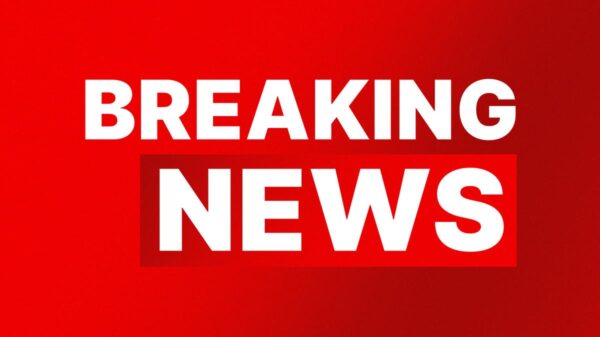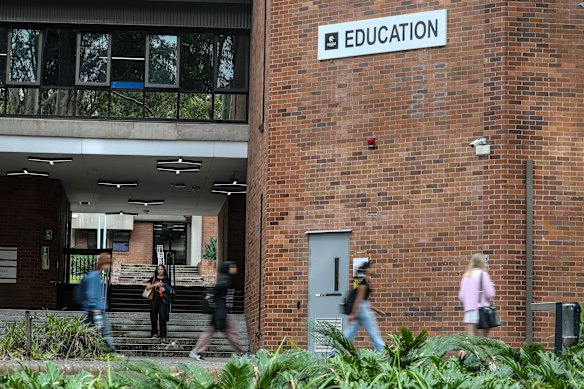UPDATE: New data reveals that some Australian universities are admitting students into teaching degrees with ATARs as low as 51, raising urgent concerns about the quality of future educators. While top students flock to high-demand fields like actuarial studies and engineering, teaching programs are struggling to attract candidates with competitive scores.
According to the Universities Admissions Centre, prestigious institutions such as the University of Sydney and the University of New South Wales maintain a median ATAR for entry of 99 and above. In stark contrast, the University of Canberra, Charles Sturt University, University of Newcastle, and Australian Catholic University have accepted applicants into education degrees with ATARs in the 50s. The median ATAR across some teaching degrees has plummeted to 62, despite initiatives aimed at enhancing the profession’s appeal through significant salary increases and advertising efforts.
This trend poses serious implications for Australia’s educational landscape. Research consistently indicates that a teacher’s aptitude critically impacts student performance. Alarmingly, since the 1980s, teacher quality has declined, correlating with Australia’s significant drop in international academic rankings. Current data shows that year 9 students are now at least a full academic year behind their peers from the 1990s.
The issue of admitting low ATAR students into teaching programs is not a new concern. A 2020 report from the NSW Teachers’ Federation highlighted a troubling increase in students from the lowest tiers of high school performance being granted entry into initial teacher education programs. The report warns, “This situation poses a serious threat, with spiraling dynamics negatively impacting the esteem of the teaching profession, Australian students’ outcomes, and national educational and economic progress.”
In an effort to address these issues, the Labor Party had previously proposed raising the minimum ATAR for teacher education to around 80 before the 2019 election. However, this policy was not carried into the 2022 election. Instead, Labor introduced $10,000 scholarships for select teaching students achieving an ATAR of at least 80.
As educational authorities grapple with these alarming trends, the focus now turns to how universities and policymakers will respond. Will there be a renewed push to elevate standards in teacher education? The urgency of this situation cannot be understated, as the future of Australia’s educational outcomes hangs in the balance.































































